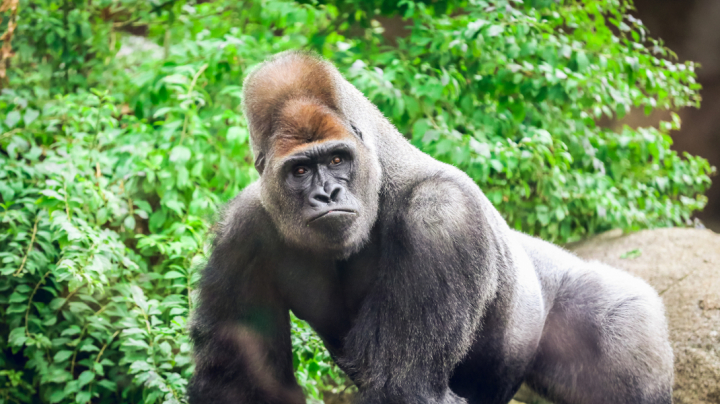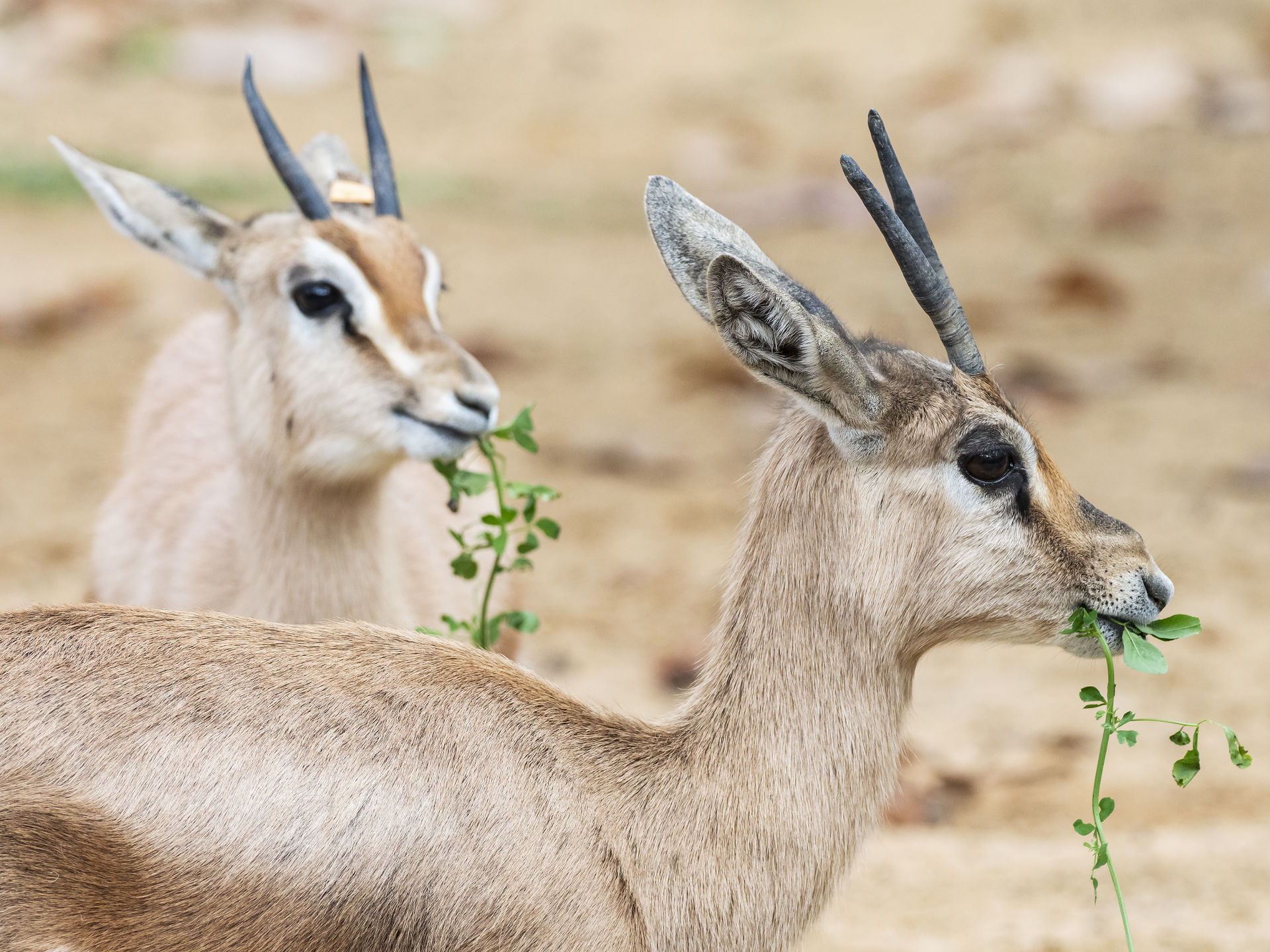
Great ape populations are dwindling on a global level, a situation that represents a drastic reduction in opportunities for analysing their genetic variability. Most of the scenarios predict the extinction of several subspecies within the next 50 years. Understanding genomic diversity would allow us to create genomic tools applied to the species’ conservation from a new and more efficient perspective.
The latest research carried out at the Institute of Evolutionary Biology (IBE, UPF-CSIC) has created what is today the most extensive catalogue of primate genomic variants, by analysing the full genome of several great-ape species from blood samples. A large part of today’s knowledge on the genetic diversity of great apes was determined through detailed research on a few autosomal loci, microsatellites and reconstructions and comparisons of the mitochondrial hypervariable region. By contrast, human genetics have moved much faster through SNPs (single nucleotide polymorphisms), and, in some cases, analyses of the genome’s full sequence, provides a more accurate result and, therefore, represents a more useful tool for research applied to great-ape conservation.
These new and more efficient protocols and specific kits now make it possible to obtain a better quantity and quality of DNA. This will allow genotyping of individuals in captivity held in zoos taking part in the EAZA’s European Endangered Species Programme (EEP), thereby facilitating more informed judgements with a genetic basis in future breeding programmes between individuals in captivity. An opportunity is being presented through the SNP technique for a comprehensive analysis to be made of the entire captive population on a European level, by carrying out genetic tests on every individual examined during routine veterinary checks or from previously stored samples.
The most important goals in the study are (1) to genetically determine the maximum number of individuals in the EEP's populations, by prioritising the wild individuals captured, to determine the subspecies and clarify uncertain affiliations within the EEP, (2) to determine the real genetic variability of the EEP population, and (3) to determine pedigrees by comparison with current Studbooks.




